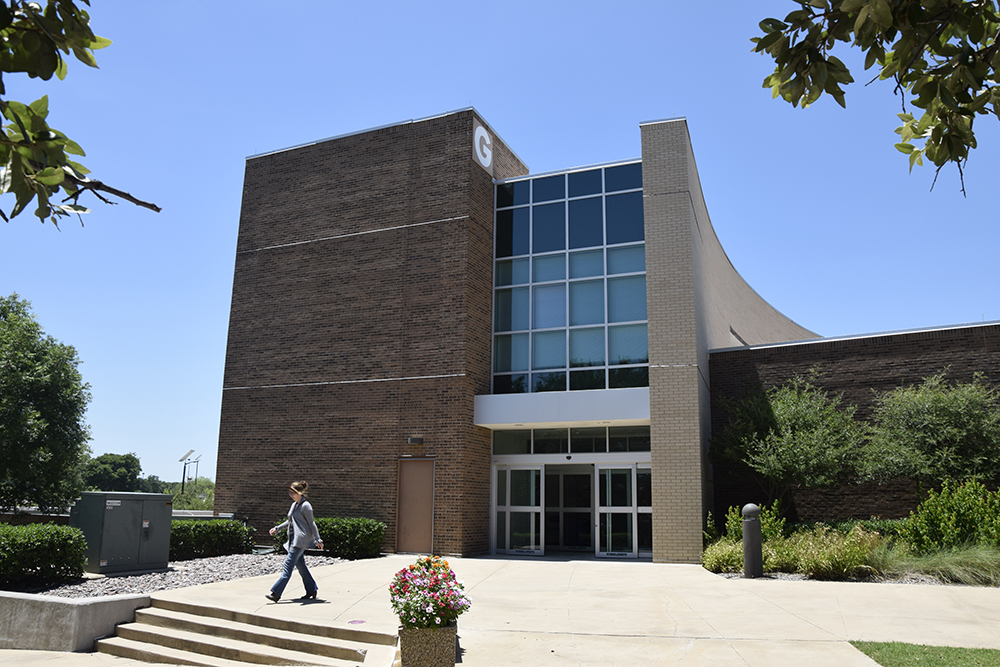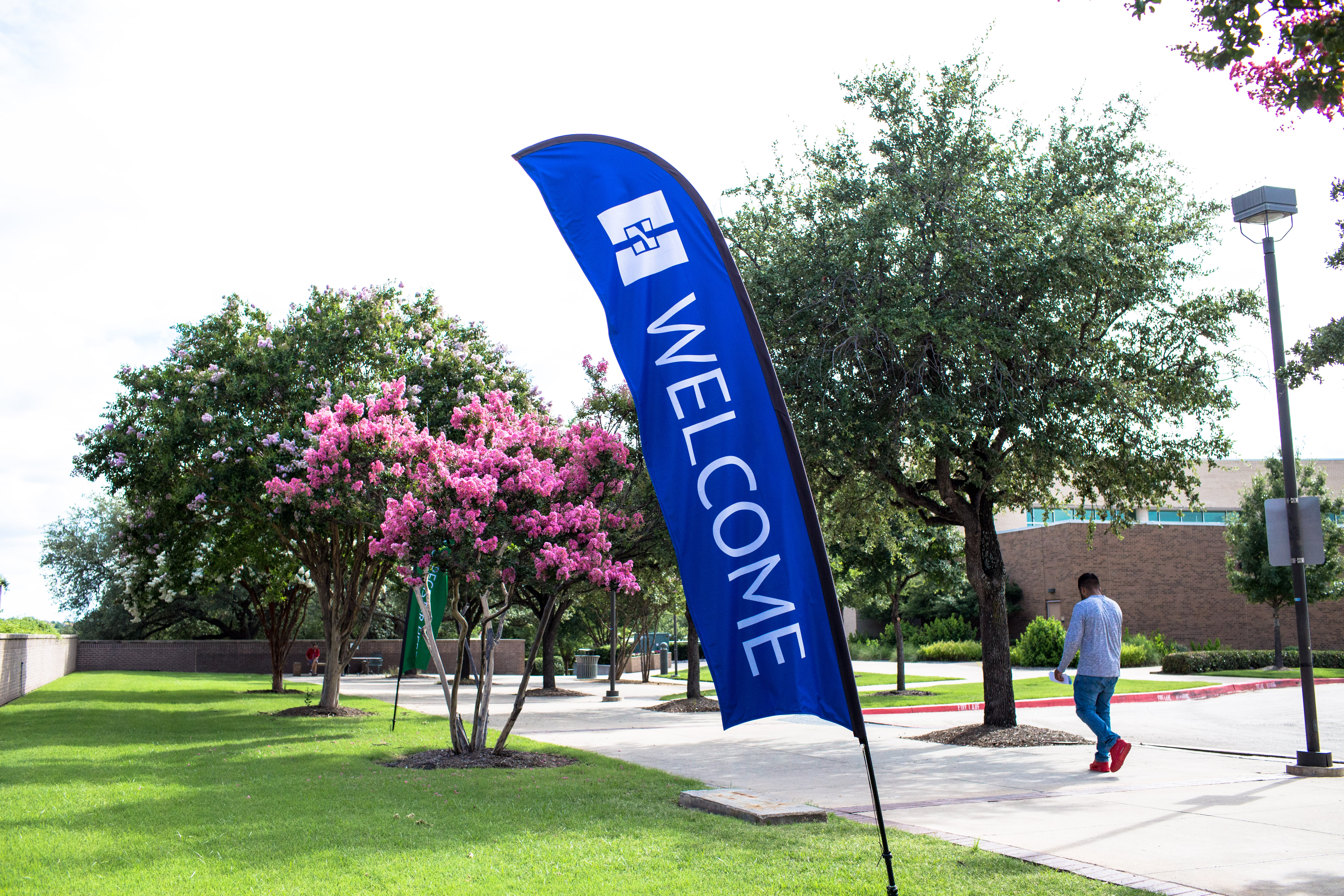This article is a shortened, edited version of a story written by Colleen Flaherty and published at InsideHigherEd.com.
Somewhere between birth and college, students hopefully learn how to compose concise, grammatically correct emails. Often they haven’t. So many professors now explicitly teach students how to email them at the start of the academic year.
Approaches vary. A number of professors use specific reference documents, like a pointer webpage called “How to Email a Professor” posted by Michael Leddy in 2005, which has been accessed from 135 countries and territories. Biologist Amy B. Hollingsworth wrote “Five Ways to Get a Busy Professor to Answer Your Emails That Don’t Involve a Bribe.” A 2015 op-ed co-written by two Southeastern University professors of English is still sometimes one of the most-read articles on Inside Higher Ed. The University of California, Santa Cruz, offers advice about emailing research professors here. And Laura Portwood-Stacer’s template, published on Medium in 2016, has lots of fans.
Why is writing emails so hard?
Many students express anxiety about how to email faculty members, especially ones they didn’t know. They’re also not sure if their professors want to hear from them at all.
But good teachers do want to help, and do want to communicate with students. That’s why Annemarie Perez, an assistant professor of interdisciplinary studies at California State University at Dominguez Hills, refers students to “netiquette” guidelines from the Wellesley College Project on Social Computing.
Perez said some students write emails like they text. She’s also gotten emails that didn’t include a student’s full name or which class they were in.
“Writing an effective email is good skill to have, and knowing what sort of style or tone to use saves them for worrying about how to do it,” Perez said. “I think it makes it more likely they’ll write to me when they need to, which is what I want them to do. I don’t see why students would be expected to figure out the form and tone on their own.”
The basic rules
In general, email reference documents recommend treating messages to professors like business letters, at least until students and professors get to know each other. The idea is that it’s always better to err on the side of formal rather than informal.
Subject headers should be informative, like, “Question about research paper due Nov. 1 in History 101.” And while professors may like being called “Professor” or even “Doctor,” they want their last names attached. Try to avoid “Mr.” and especially “Mrs.”
What about salutations? Many professors use “Dear,” which may seem strange to students. “Professor Jones,” with a simple comma, is probably fine. “Hi” is sometimes all right, but “Hey” isn’t.
Don’t expect an instant response. Some resources say to give professors 24 hours to respond, which means waiting until the last minute is a bad idea. Always thank professors for writing back.
Many professors use emojis and abbreviations like “LOL,” but it’s best for a student to learn about their professor’s personality before trying these informalities. As with a business letter, student should use correct grammar and punctuation, break up paragraphs and proofread.
Students should also get to the point. Many professors have hundreds of students. What do you need? Ask for it politely. Don’t rant or be insulting. And try to keep emails to one page or “screen” in length.
Expect professional communication from teachers, too
Too much of the conversation around email etiquette is focused on how students address teachers instead of how teachers address students, says Jesse Stommel, a senior lecturer in digital studies at the University of Mary Washington.
“Both are equally important,” as professors “hold a lot of power over students, and so how teachers communicate with students has a direct effect” on student learning. (A humorous Twitter thread by @collegestudent poked fun at professors’ one-word answers to students’ thought-out emails.)
If students make mistakes, professors need to remember to be patient and, above all else, to be helpful. After all, that is their job.






